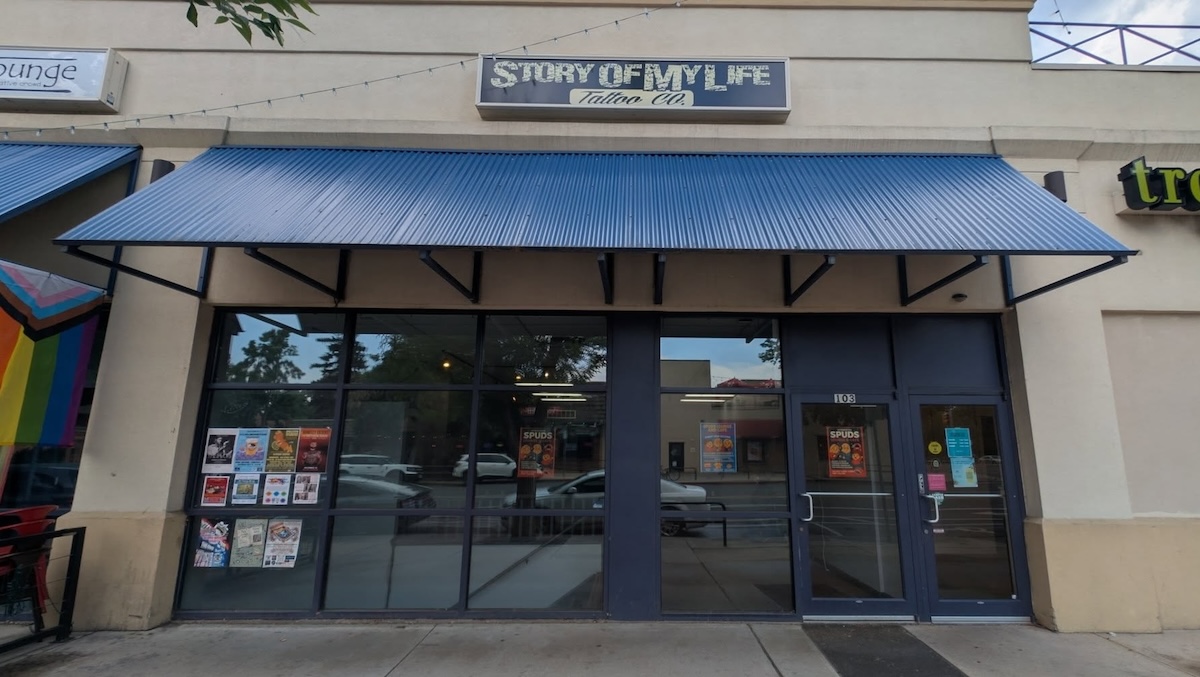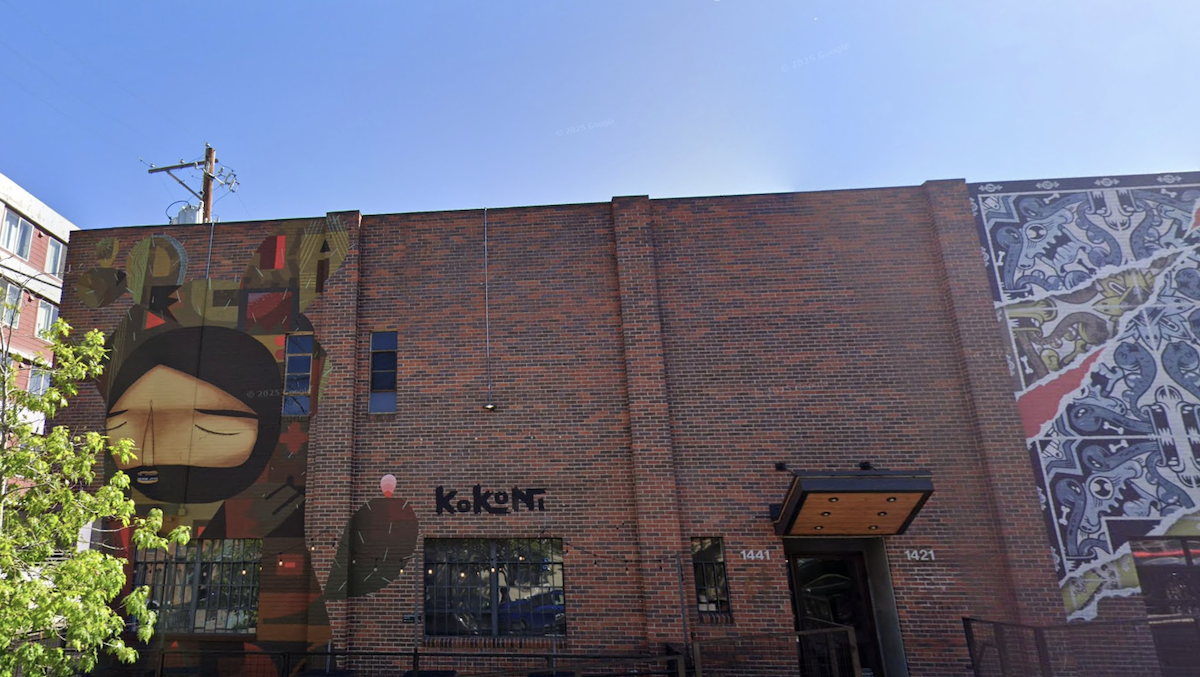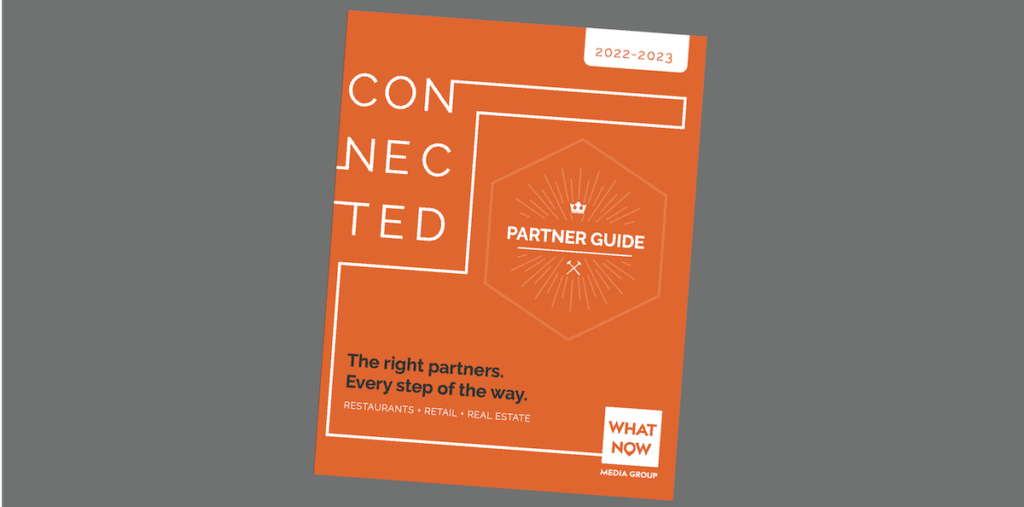Denver’s real estate market is experiencing a downturn due to declining rents and a reduction in new unit deliveries. A recent report explains how the city’s tenants have been gaining leverage in the market for the past few quarters.
Highlights
- A CBRE report demonstrated that rent has decreased in Denver for the third consecutive quarter.
- A reduction in new unit deliveries by developers may help align supply with demand.
- The South Denver-Englewood submarket had the highest net absorption this quarter.
Denver’s Rents Decrease for the Third Consecutive Quarter
Recent findings by Dallas-based real estate firm CBRE shed light on the declining rents in Denver. As per its report, tenants in Denver have moved to a strong position as average rents dipped in the first quarter. The decreased numbers mark the city’s third consecutive quarterly decline.
CBRE’s report stated that the average rent per unit in the Denver metro fell to $1,823. The figure resulted in a 1.4% comparative drop from the fourth quarter and a 4.1% dip compared to the first quarter of 2024.
Additionally, the current low rent highlights a 6.5% decrease from Denver’s Q3 2023 rate of $1,949. This decline translates to significant savings for renters compared to previous quarters.
Old Properties Witness Maximum Rent Decline
Discussing Denver’s yearly rent declines, the CBRE report stressed that one-bedroom units had witnessed the maximum drop at 4.4% from 2024. Older properties from the 1970s saw an average rent decrease of 6.5%, the most significant among all age groups.
There were also new developments in Denver that came into being after 2010 and faced a 3.1% decrease in rental rates.
Denver Witnesses a Shrink in Deliveries
Against the backdrop of falling rent values in Denver, the CBRE research further laid emphasis on lowered deliveries. According to the report, in the first quarter, only 2,384 units were delivered to Denver residents. This figure represents almost a 50% decrease from the fourth quarter of 2024, which had 5,055 unit deliveries.
Unique Balance Created Between Supply and Demand
This decrease in Denver’s unit deliveries can help bring a balance between the city’s demand and supply. This is because the pullback in the numbers would slowly bring demand and supply for rental units closer together in Denver.
Net Absorption in Different Locations
With 2,081 units, the net absorption reached its second highest quarter-one total in Denver for this decade.
With 661 units leased in the South Denver-Englewood submarket during the first quarter, the highest net absorption was observed in the Denver metro area. Other Denver locations with good net absorption include the Downtown-Highlands-Lincoln Park and North Lakewood-Wheat Ridge submarkets, with 533 and 468 leased units, respectively.
There were also Denver and other nearby areas that displayed negative absorption, including Parker, North Aurora, Northglenn, Castle Rock, and Thornton.
Denver’s Real Estate World May Face An Equilibrium by the End of 2025
While Denver had been thriving with its thoughtful pricing and development strategies for years, things have changed. As highlighted through the CBRE report, Colorado City is experiencing a rent slump. This decline may persist for some time, particularly in underperforming/oversupplied submarkets.
However, lowered construction in the first quarter holds the potential for bringing a balance with the decline in rent by this year’s end.














“a $1,823 per unit decrease” Literally unbelievable.